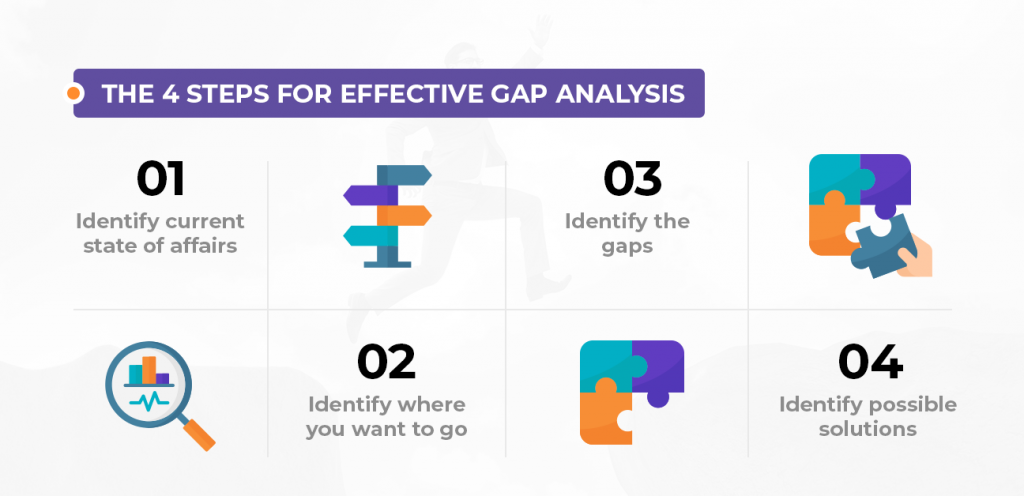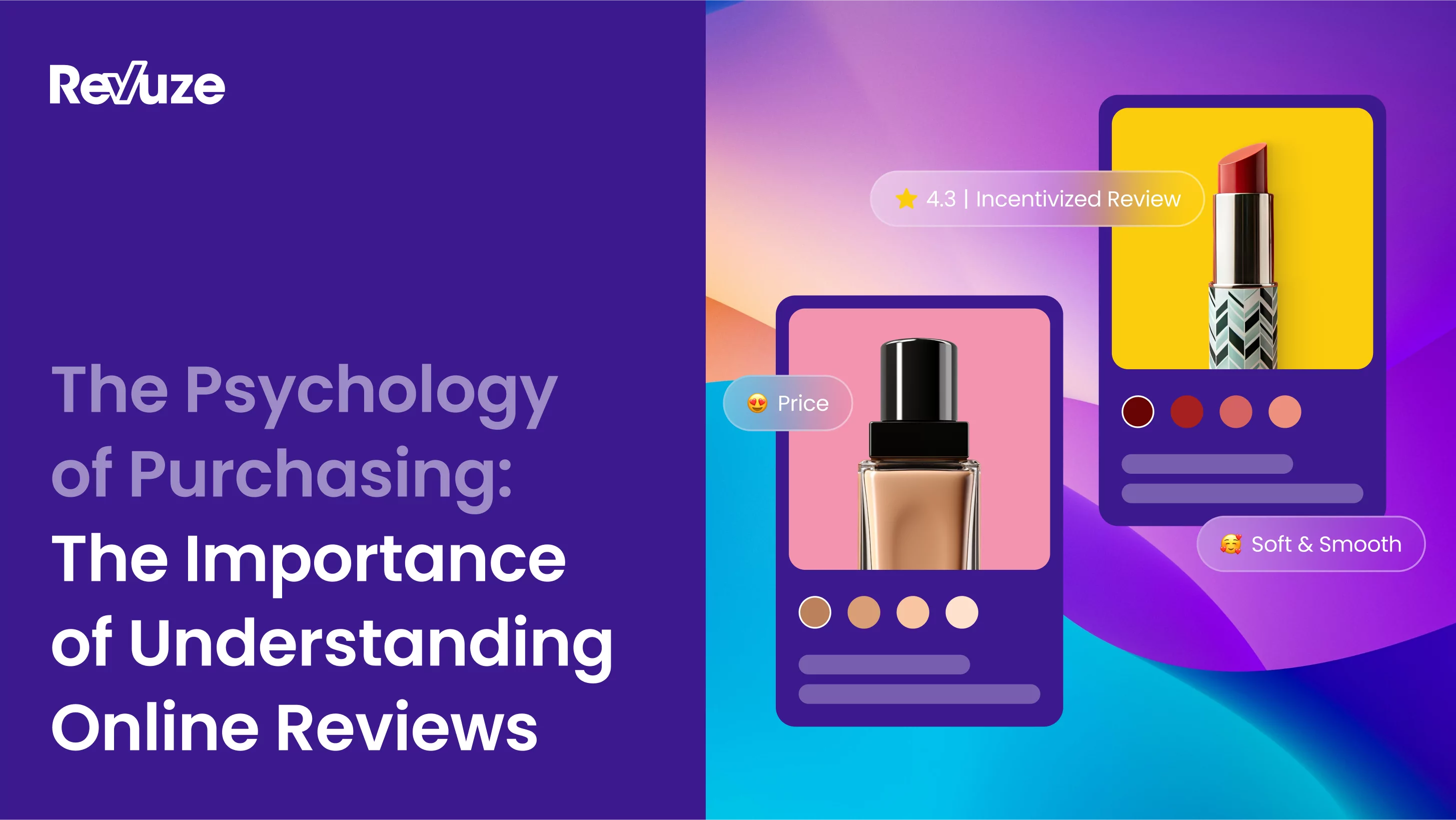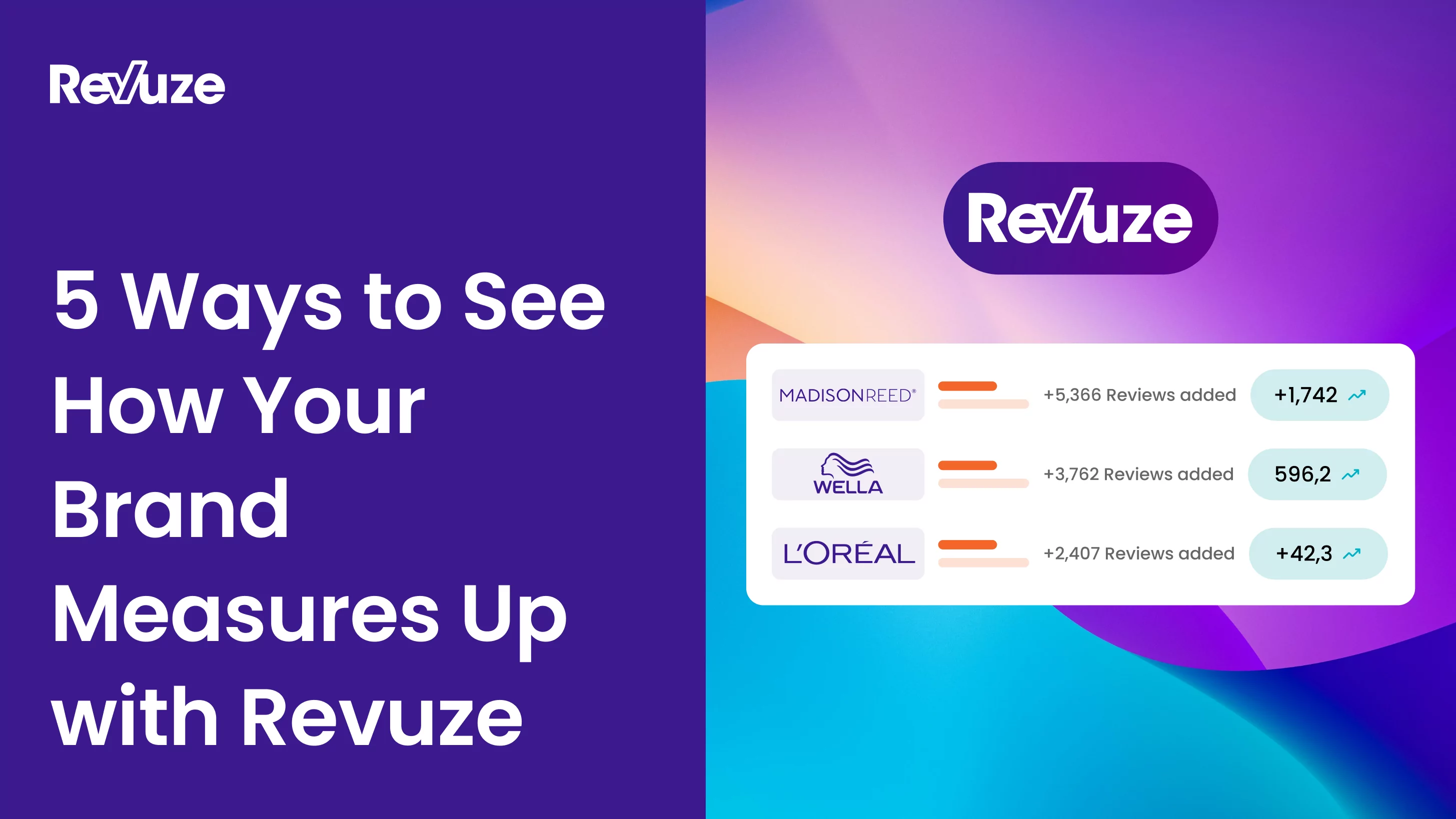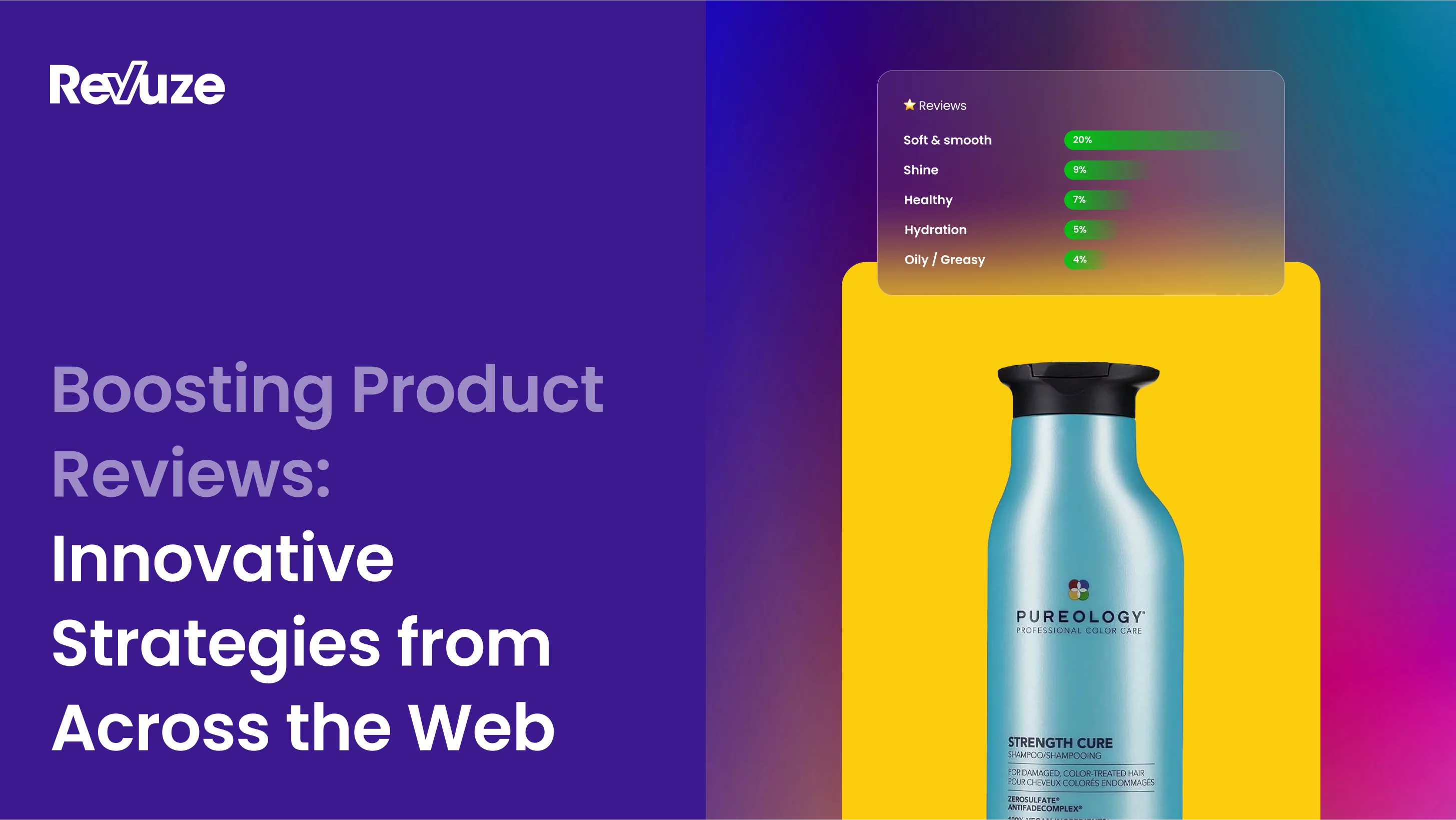
How To Conduct A Gap Analysis – Intro
In this constantly changing and innovating market, how do you know what to do to get your business to the next level? How can you tell what to fix or change to stay ahead of the competition?
The answer is running a GAP Analysis research.
An efficient data-driven GAP Analysis identifies a brand’s pain points and strategy weaknesses, and gives you a road map to help you navigate the market and reach your goals.
In this article we’ll explain what is GAP Analysis, provide you with some examples of popular analysis tools, and discuss the four steps for effective data-driven Gap Analysis.
What is GAP Analysis?
Gap analysis is a method of Gap analysis, also known as “needs analysis” or “needs assessment,” is a tool for determining business requirements and assessing whether they are being met. Simply said, the Gap refers to the distance between “where we are now” and “where we aimed to be”.
The analysis process is fairly straightforward, and can be used for both future and existing brands – The current level of performance is compared with the desired level of performance for the relevant brand, product or service.
The data is collected and analyzed, and a Gap analysis template is generated. A gap analysis template is a visual tool displaying the comparison of actual performance with desired performance. The template is comprised of columns or graphs showing elements of the gap analysis, like the analyzed item (brand, product or service), the item’s current state, the item’s desired state, existing gaps, action items, task assignments, priorities, and more.
What is GAP Analysis used for?
The information provided by GAP Analysis is of great importance for effective marketing strategy design, brand innovation planning, and gaining a better understanding of performance gaps in processes and strategies already in place. This data will also help determine how to bridge those gaps and enable growth.
Effective Gap Analysis has many advantages –
- In-depth understanding of a business current operations.
- Assessment of marketing and innovation efficiency.
- Useful information for resources allocation Improvement.
- Rapid and efficient problem diagnosis and finding possible solutions.
The advantages of gap analysis can be different for every business, but a better understanding of strengths, weaknesses and goals often results in improved success rates and growth.
The 4 Steps of effective Gap Analysis
- Identify current state of affairs
Is it vital to know and understand where you are currently standing with different aspects of the business, such as sales, earnings, customer experience, marketing strategies, brand growth and more. The main objective of this stage is understanding the root of the problem by evaluating everything that is currently being done – to get the “big picture.”
It is helpful to choose an area to focus on, like a particular product or a certain department such as customer service and marketing. For example, If the aim is to find out what causes customer frustration, then customer experience analysis data, like NPS score or Social Sentiment analysis, can come in handy. However, it is possible to conduct a more general analysis. It is up to you.
- Identify where you want to go
In this stage, it is important to have a set of goals or ideals, and know where you want to be within a reasonable timeframe. One way is to use existing innovation plans or marketing strategies to get clear goals and timelines. Another option is to “dream big,” and come up with the most idealistic state for the business.
Tha main question to answer in this stage is ‘What’s not happening that should be?’, and try to identify what is missing from that big picture.
- Identify the gaps –
Here the goal is to find the difference between where you are and where you want to be. Moreover, this part can help figure out why there is a gap in the first place. It is important to look into the existing gap, ask questions about why this gap is there, and use data to identify possible causes.
True, the current state of affairs can seem inevitable, and goals can feel unattainable. But don’t lose hope.
- Identify possible solutions –
Figure out which tools and actions will help close the gap. It is also worthwhile to establish a clear strategy for implementing the chosen solutions and bridging the gap. It’ll help get everyone on board and make the goals a little more achievable.

Types Of Gap Analysis
Below we will list 4 popular types of gap analysis, each one has it’s own advantages and disadvantages so before using one, you need to carefully ask yourself what are your KPIs.
SWOT analysis
this is one of the oldest and most popular GAP Analysis tools. The initials stand for strengths, weaknesses, opportunities, and threats. This type of analysis, which can be done both quantitatively and qualitatively, helps determine internal and external threats and evaluate the competition.
Fishbone diagram
This type of analysis template is Named for its shape and is also known as Ishikawa, cause-and-effect, or herringbone diagrams. These diagrams explore the possible causes of a root problem and are especially useful when examining current brand status.
Nadler-Tushman Model
This tool is one of the most dynamic analysis models. It examines how business processes affect each other and helps identify which gaps harm efficiency. The end result is a more holistic view of the business’ operational processes.
PEST analysis
This analysis helps identify business threats and opportunities by examining the four major factors of the market environment – Political, Economic, Sociological, and Technological. It pinpoints current problems, highlights possible changes, and identifies ways to minimize risks.
Why Is It Important To Conduct Gap Analysis?
Conducting an in-depth gap analysis is a crucial tool in strategic management that ultimately defines the KPIs for selecting candidates for launching a new product or new features for an existing one.
A proper gap analysis would take into consideration the gaps in the market or segment and compare it to the forecasted revenue from a feature/functions which would fill in that gap.
Gap analysis examples
An excellent example of conducting market gap analysis would be to identify usage gaps, identifying the points where the market misses its potential, or in other words, where the actual market size is lower than its true potential.
Another gap analysis example is targeting gaps in existing products. It usually occurs when consumer tastes change, and the product/feature lacks certain new features that are now required by your customers.
Gap analysis might also work for business use, as the same gap analysis templates can be applied to identify why products are not selling or when sales are lower than the projected rates. This sort of business gap analysis used by supply chain managers can help them implement “just in time” strategy making sure they never run out of supplies or resources.
How Revuze helps to create effective GAP Analysis
Revuze developed the first self-training, low touch AI technology that collects data from a variety of sources simultaneously, like online reviews, social media monitoring, emails, CSAT surveys, call center data, and more.
The data is scanned and analyzed automatically by self learning algorithms, providing you with highly granular information for the GAP Analysis process.
 All
Articles
All
Articles Email
Analytics
Email
Analytics








 Agencies
Insights
Agencies
Insights